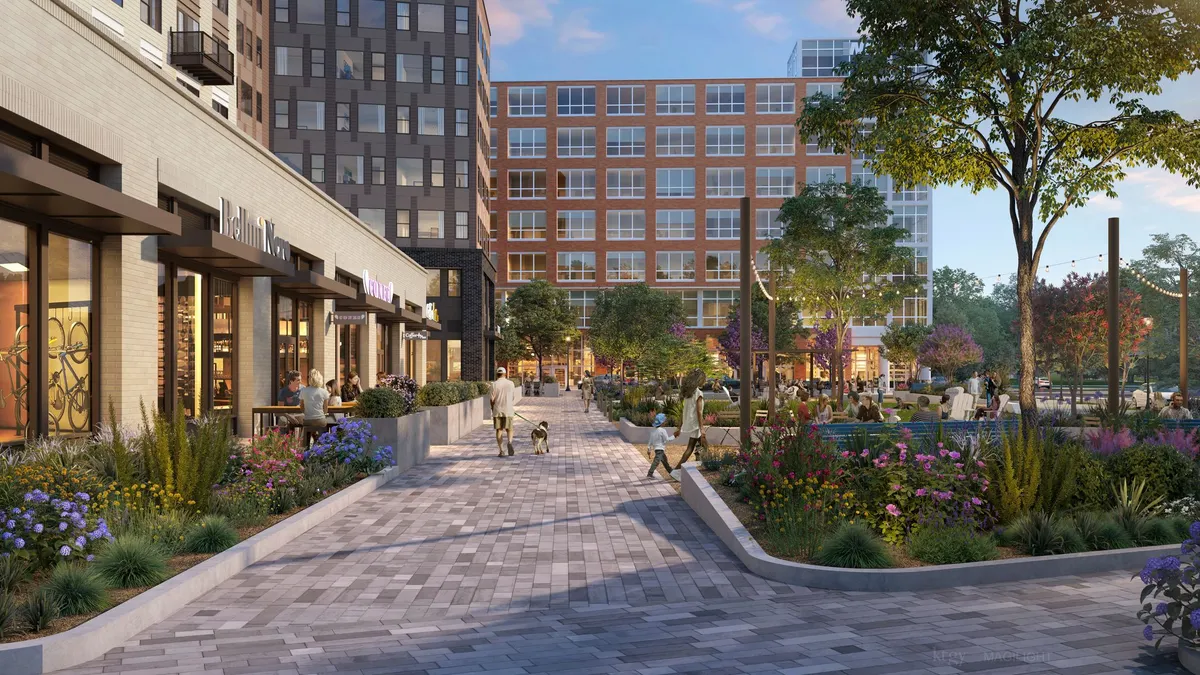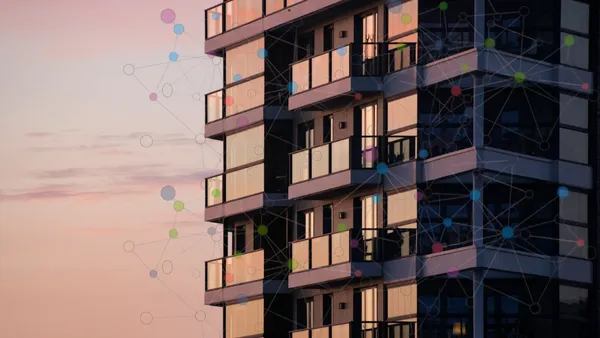The integration of technology into everyday life has become a defining feature of modern living, and the multifamily real estate industry is no exception. Property technology or Proptech, is revolutionizing the way multifamily buildings are managed and experienced, enhancing resident satisfaction, increasing operational efficiency and boosting overall profitability. Successfully implementing Proptech requires a clear strategy, proper planning and a commitment to long-term innovation. Follow these steps to ensure a seamless transition and maximize the benefits of these smart technologies.
1. Assessing your budget and project timeline
Before diving into Proptech integration, property owners and managers must establish a financial framework and project timeline to set clear expectations.
Evaluate financial resources
Begin by assessing your financial resources. Whether you're relying on internal funding, investor backing or loans, having a transparent view of your available budget will guide the scope and scale of the Proptech implementation.
Develop a financial plan
A comprehensive financial plan should outline costs related to hardware, software, installation and ongoing maintenance. Including a contingency budget ensures preparedness for unforeseen expenses.
Set a project timeline
A well-structured timeline helps keep the project on track. Identify key milestones, such as procurement, installation, testing and training, while allowing flexibility for any unexpected delays.
2. Conducting an inventory of existing smart technology
Before introducing new Proptech solutions, take stock of the technologies already in place to avoid redundancies and optimize efficiency.
Audit current smart devices & software
Perform a thorough audit of existing smart devices and software used in the building. Are there security cameras, access control systems, energy management tools, or IoT-enabled appliances? Understanding the current landscape will highlight areas for enhancement.
Evaluate system performance
Analyze the effectiveness of current technologies. Identify gaps or inefficiencies to determine whether upgrades, replacements, or integrations are necessary.
Ensure compatibility
One of the most important considerations when selecting a Proptech provider is the openness and interoperability of their architecture. The ability to integrate seamlessly with existing systems and future technologies is crucial for a smooth implementation. An open architecture ensures that different systems can communicate and work together effectively, preventing compatibility issues and reducing the risk of vendor lock-in. Verify compatibility across platforms to avoid operational disruptions and maximize efficiency.
3. Understanding the current state of your building
Before implementing Proptech, understanding your building's infrastructure and resident needs will help tailor the right solutions.
Assess the physical infrastructure
Evaluate network connectivity, wiring and system capacity to ensure your building supports the required technology. If needed, plan for infrastructure upgrades to accommodate advanced Proptech tools.
Gauge resident needs and preferences
Residents are the primary beneficiaries of Proptech, so their input is invaluable. Conduct surveys or focus groups to determine which features—such as smart locks, energy management systems or enhanced security measures—would be most beneficial.
Optimize operational processes
Review property management and maintenance workflows. Where do inefficiencies exist? Identifying pain points helps pinpoint areas where Proptech can streamline operations and enhance service delivery.
4. Establishing short-term and long-term goals
To successfully integrate Proptech, properties should develop both immediate implementation goals and a forward-thinking vision.
Define short-term goals
Short-term initiatives focus on immediate improvements. Examples include:
- Installing smart locks like the Schlage XE360 wireless lock for enhanced security.
- Implementing digital maintenance request systems for smoother service.
- Upgrading security cameras with AI-driven monitoring.
Develop a long-term strategy
Long-term visions should align with evolving industry trends. Consider:
- Fully integrated smart building ecosystems for automation.
- AI-driven property management to enhance operational efficiency.
- Blockchain-based transactions for enhanced financial security.
Create a detailed roadmap
A structured roadmap outlining implementation steps, budgets and KPIs will ensure measurable success.
5. Implementing Proptech effectively
The successful rollout of Proptech hinges on collaboration between stakeholders, structured testing and clear communication.
Engage key stakeholders
Early stakeholder involvement fosters adoption and minimizes resistance. Educate property managers, maintenance teams and residents about Proptech’s benefits and functionalities.
Train property managers
Property managers must be equipped to leverage new technologies for operational efficiency. Training sessions ensure smooth integration.
Equip maintenance staff
Technicians should understand system diagnostics to troubleshoot issues swiftly, reducing downtime and ensuring seamless operation.
Keep residents informed
Residents should feel comfortable with new technologies. Transparent communication, tutorials and support help ease adoption.
6. Running a pilot program before full implementation
Launching Proptech solutions through a pilot program can help mitigate risks and fine-tune execution.
Select test areas
Choose sample units or building sections to evaluate new technologies in real-world scenarios.
Gather user feedback
Solicit input from residents and staff to identify areas for improvement before scaling across the entire property.
Analyze results for optimization
Assess pilot program performance to refine strategies and ensure a flawless full-scale rollout.
Conclusion
Bringing Proptech to life in a multifamily building requires strategic planning, budget alignment and stakeholder engagement. By methodically assessing financial resources, inventorying existing systems, setting realistic goals and implementing thoughtful pilot programs, property managers can future-proof their buildings for modern living.
Proptech is more than an upgrade—it’s a transformative investment that enhances resident satisfaction, improves operational efficiency and strengthens financial performance. With careful execution and the right technology partners, multifamily property owners can unlock long-term success in a rapidly evolving market.
Ready to start?
If you’re looking for help upgrading your existing multifamily building with a Proptech solution, give our team of experts a call today.








